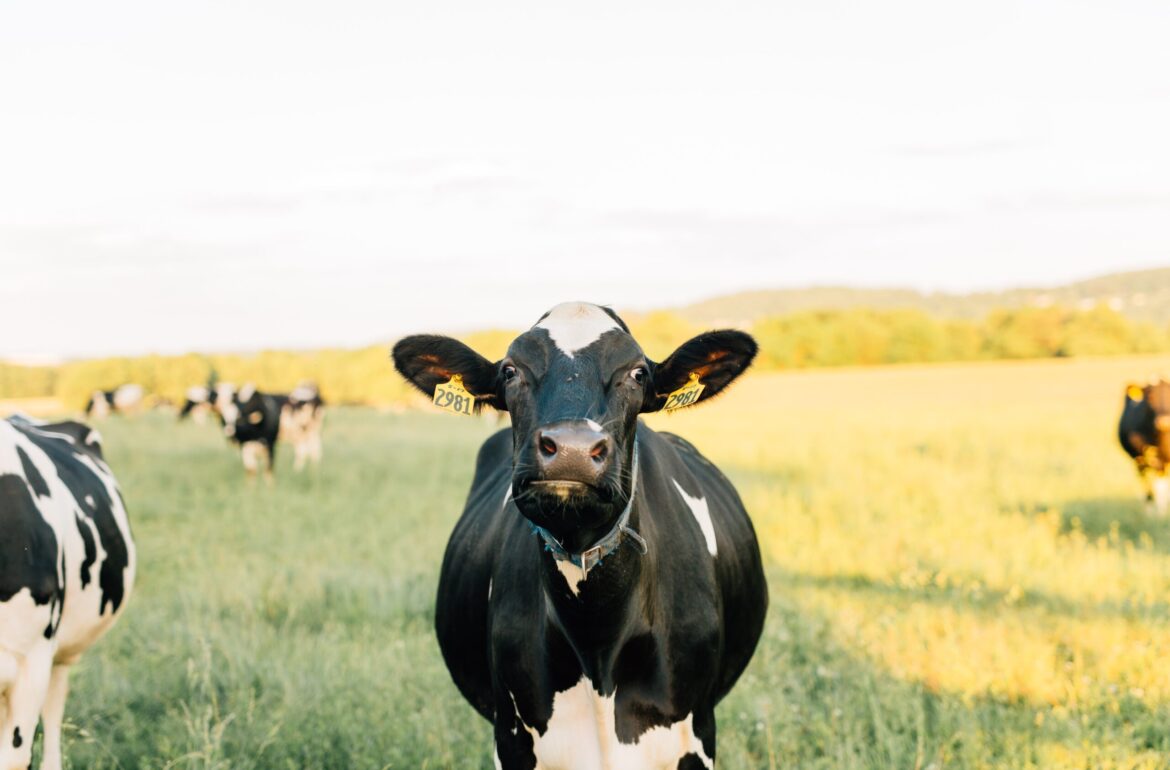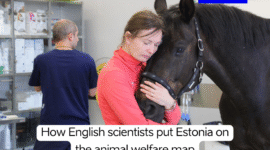In the last 15 years, the average size of a dairy herd in Estonia has increased fivefold. Unfortunately, it is still unclear how to ensure the welfare of cows and reduce their mortality in the conditions of large-scale production, writes Dagni-Alice Viidu, a junior researcher at the Estonian University of Life Sciences.
Similarly to dogs, cats, horses, and other animals, cattle are intelligent animals capable of learning. They feel pain, may experience stress, have different personality traits, want to play, and under the right circumstances, feel joy and satisfaction. Dairy farming has undergone major changes in recent decades. More and more attention is being paid to how cattle adapt to these changes, and how to reduce stress and discomfort, and increase satisfaction and welfare.
15 years ago, there were more than 8,000 dairy farmers in Estonia. Most of them had less than ten cows and more than 70 percent kept only one or two cows. In such a small household, farmers would go and scratch their cows, pat and play with the calves and interact with the animals every day. Although animals are not able to let us know whether everything is okay or they are hurting somewhere, any small changes in their character, behaviour, attitude, or state were quickly noticed. Every pet owner can probably identify with this.
At present, the lives of our dairy cows are quite the opposite – there are less and less farmers, but the herds are becoming increasingly large. Those previously widespread small family farms, where all the work was done by the owners themselves with great care and dedication, have been replaced by large industrial farms using paid labour and automation. Nowadays, animals can be fed, watered, milked, washed, or even scratched using machines.
Less than a tenth of the herds with one or two cows have remained, and they hold less than one percent of all Estonian dairy cows. When in 2005 the average herd included 14 cows, today it is over five times more – 79 cows. If this change does not seem big, think about the fact that there is currently on average two children in every family in Estonia. If in 2035, the average number of children would be already 10, the situation would be quite different.
It is quite inevitable that if a hundred, a thousand, or even several thousand cows have to be taken care of, it will no longer be possible to give personal care and attention to each cow. Although it is true that automation and smart solutions can satisfy the needs of animals better in many areas, the decline in individual attention has led to the delayed discovery of diseases, which in turn has led to an increase in cow mortality.
So, what can we do? Just as it is known that smoking, for example, increases the risk of lung cancer in humans, researchers have identified a number of risk factors for cow mortality. For example, the need for obstetric intervention or birth of twins significantly increases the mortality risk of cows. However, these are all factors affecting individual animals, and individual differences also have a significant effect on mortality.
In the interests of a more systematic approach, herd-level factors should be examined, but neither these nor the interrelationships between the various factors have been studied in depth. For calves, there is even less herd level data.
We are helping to fill this gap in current knowledge – we are investigating which herd-level practices or factors have the greatest impact on the mortality of dairy cows and calves in modern commercial dairy farms.
Is it, for example, the milking routine as a whole or just the order in which we milk the cows? Are calves less likely to die if we keep them close to their mothers for a longer or shorter period of time, or does it matter how close they are to their mothers, or to each other? It is not surprising if there is a connection between choices and decisions made in seemingly very different areas that might affect mortality.
By now, everyone has probably heard of the coronavirus that infects humans, but cows and calves also have their own coronavirus. Would their mortality be lower if they were vaccinated against it or also against other diseases, or would it be more reasonable not to vaccinate at all? We also study, for example, the relationship between farm workers’ personal characteristics, motivation and empathy, and cattle and calf mortality.
It is as if we are trying to put together a colourful puzzle of an ideal farm, but we do not yet know how many pieces there are in our puzzle. Unfortunately, cows also cannot tell us directly what they like or do not like. There are very few perfect things in the world, but hopefully, as a result of this work, it will be possible to build farms that pay most attention to the needs of dairy cattle even in the conditions of modern large-scale production farms.
The translation of this article from Estonian Public Broadcasting science news portal Novaator was funded by the European Regional Development Fund through Estonian Research Council.
 Back
Back



